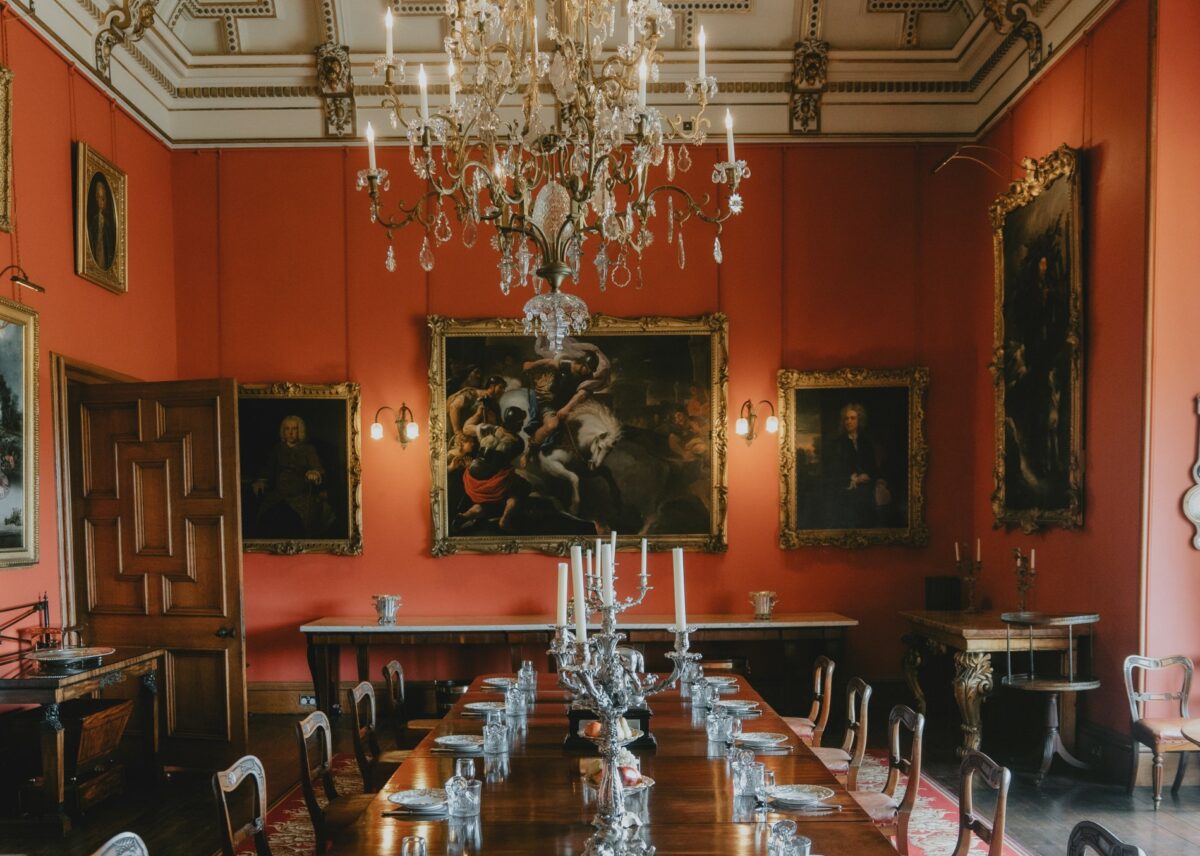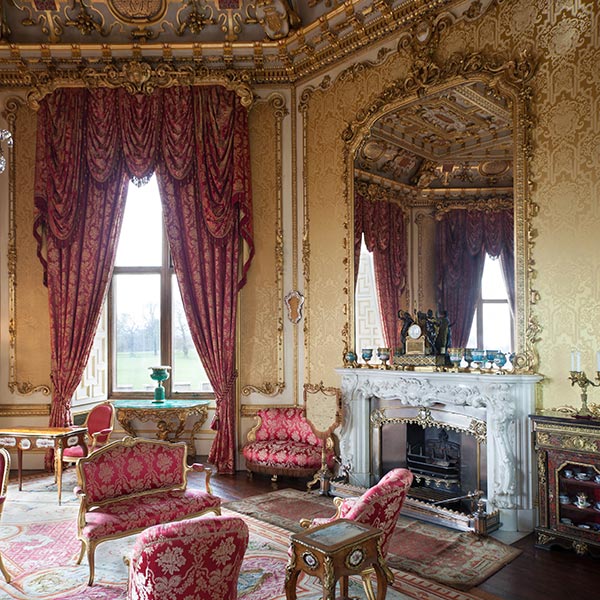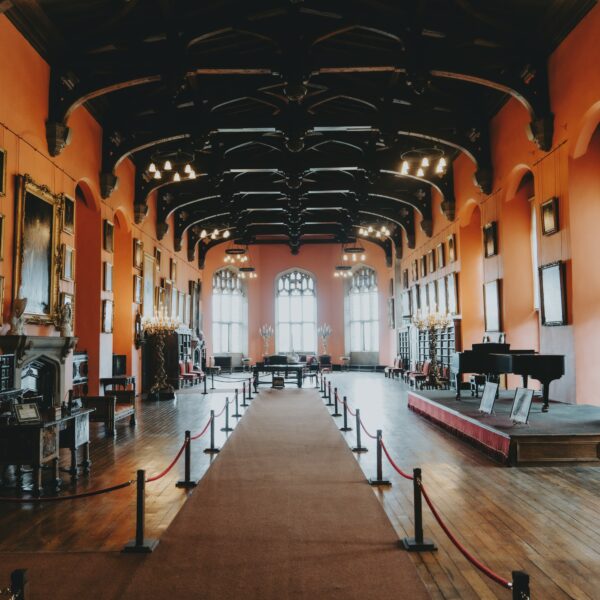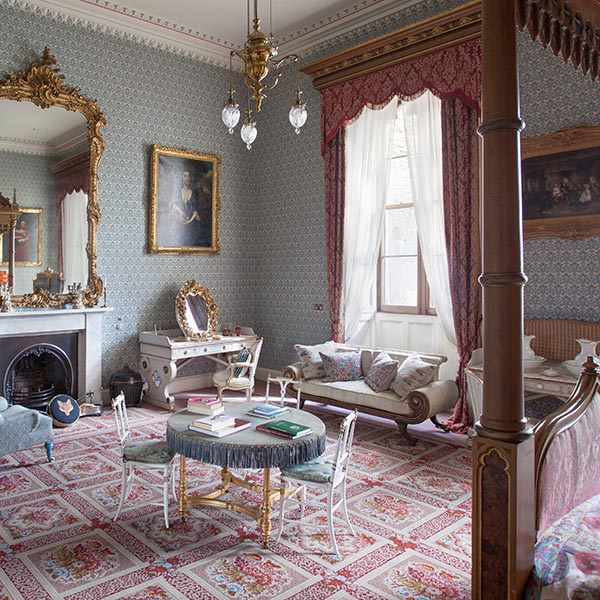A powerful exterior with a superb collection of art and artefacts.
Raby is without doubt one of the most impressive intact castles in the North of England. Built in the 14th century by the powerful Neville family, it has a long history. Home to Cecily Neville, mother of two kings of England, it was also the scene of the plotting of the Rising of the North and a Parliamentary stronghold during the Civil War.
The approach to the castle is particularly beautiful as its towers appear and disappear amongst the trees of the surrounding parkland with its ornamental lakes and herds of deer. Much of the exterior with medieval towers, terrace and embattled walls dates back to the 14th century.




